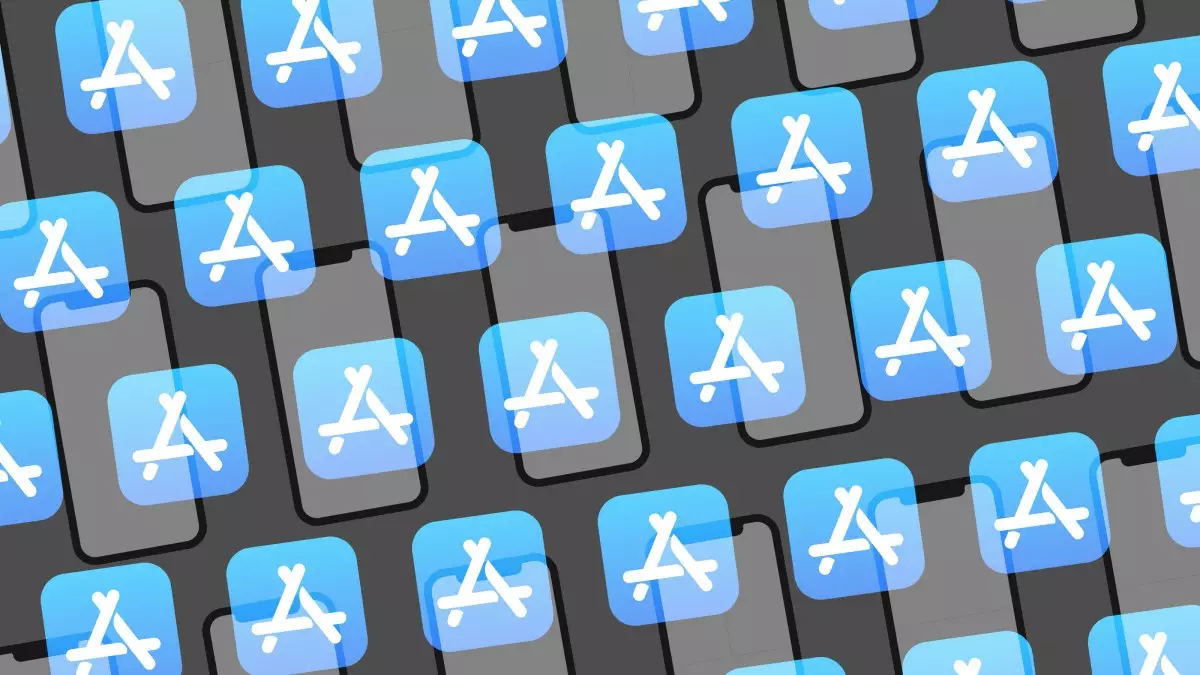In a startling revelation that underscores the ongoing battle between cybersecurity and mobile technology, Apple and Google have acted to remove approximately 20 applications from their app stores. This decisive action was ignited by the findings of security researchers at Kaspersky, who identified a sophisticated data-stealing malware named SparkCat. Active since March 2024, this digital threat managed to infiltrate a variety of apps, highlighting vulnerabilities that can be exploited by malicious actors.
Initially isolated to a food delivery application utilized in the United Arab Emirates and Indonesia, the investigation rapidly expanded. The researchers discovered that SparkCat was embedded within 19 other unrelated applications, which collectively amassed over 242,000 downloads via Google Play Store. This revelation raises critical questions regarding the vetting processes employed by app stores and the ongoing struggles faced by tech giants in maintaining user security.
Functionality and Threat Assessment
The brilliance of SparkCat’s architecture lies in its employment of optical character recognition (OCR) technology. This allows the malware to capture visually displayed text on users’ screens, effectively giving it access to sensitive information. Kaspersky’s research reveals that SparkCat scoured device image galleries for critical keywords, particularly targeting recovery phrases associated with cryptocurrency wallets. The malware’s multilingual capabilities, spanning English, Chinese, Japanese, and Korean, indicate a deliberate design to maximize its reach and impact.
Moreover, the implications of this malware extend beyond cryptocurrency. By leveraging its features, SparkCat can extract personal information from screenshots, including private messages and login credentials, which further exacerbates the risk of identity theft and financial fraud. This multifaceted capability makes SparkCat a dual-threat to both personal privacy and digital assets.
In the wake of Kaspersky’s findings, both Apple and Google promptly removed the affected apps from their platforms, with Google also issuing a ban on the developers associated with the malware. Google spokesperson Ed Fernandez acknowledged the company’s proactive measures, stating that Android users were safeguarded by the in-built Google Play Protect feature. However, Kaspersky’s telemetry data indicates that SparkCat remains a persistent threat as it is allegedly accessible via unofficial distribution channels.
The existence of alternatives to sanctioned app stores complicates the enforcement of security protocols and suggests that many users remain at risk. This scenario not only calls into question the efficacy of existing security measures but also highlights the critical need for enhanced user education regarding safe application downloads and the importance of cybersecurity.
As technology continues to evolve rapidly, the emergence of malware such as SparkCat serves as a stark reminder of the vulnerabilities inherent in digital systems. Both consumers and companies must remain vigilant, continuously adapting to new threats while fostering greater collaboration between app developers, cybersecurity experts, and users. The fight against digital exploitation is ongoing, and as this incident shows, robust security measures and informed awareness are indispensable in mitigating future risks.

